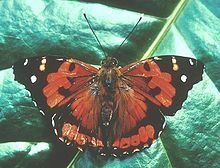Genus Vanessa Rank Species | ||
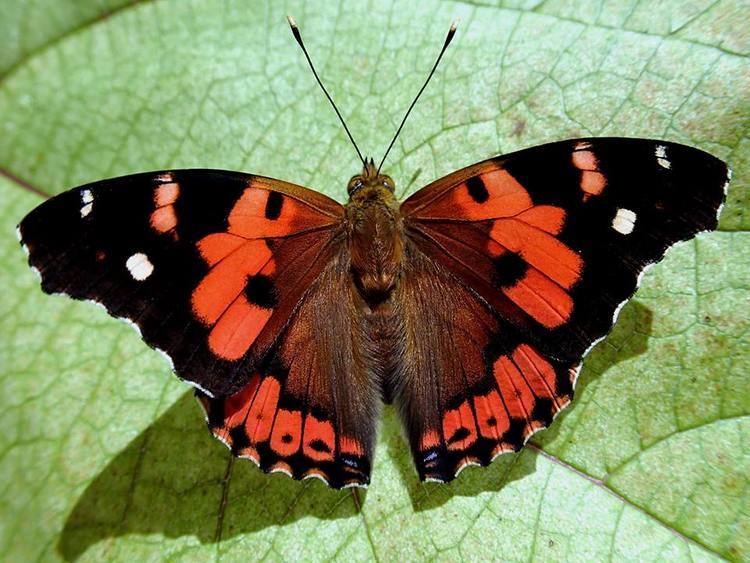 | ||
Similar Pipturus albidus, Papilio multicaudata, Udara blackburnii, Heliconius charithonia, Colorado hairstreak | ||
Researchers need help saving the kamehameha butterfly
The Kamehameha butterfly (Vanessa tameamea) is one of the two species of butterfly endemic to Hawaii, the other is Udara blackburni. The Hawaiian name is pulelehua. This is today a catch-all native term for all butterflies; its origin seems to be pulelo "to float" or "to undulate in the air" + lehua, a Metrosideros polymorpha flower: an animal that floats through the air, from one lehua to another. Alternatively, it is called lepelepe-o-Hina – roughly, "Hina's fringewing" – which is today also used for the introduced monarch butterfly.
Contents
- Researchers need help saving the kamehameha butterfly
- Kamehameha butterfly vanessa tameamea moulting into a chrysalis
- Description
- Taxonomy
- References
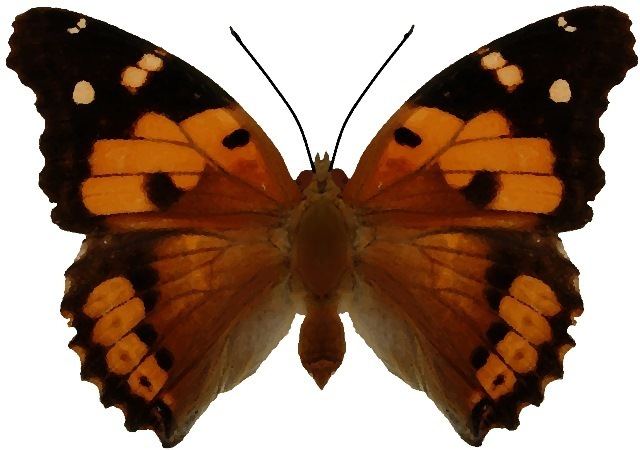
The Kamehameha butterfly was named the state insect of Hawaii in 2009, due to the work of a group of fifth-graders from Pearl Ridge Elementary. These 5th graders (Robyn-Ashley Amano, Ryan Asuka, Kristi Kimura, Jennifer Loui, Toshiro Yanai and Jenna Yanke) proposed the butterfly as the state insect to various legislators as a project for Gifted and Talented.
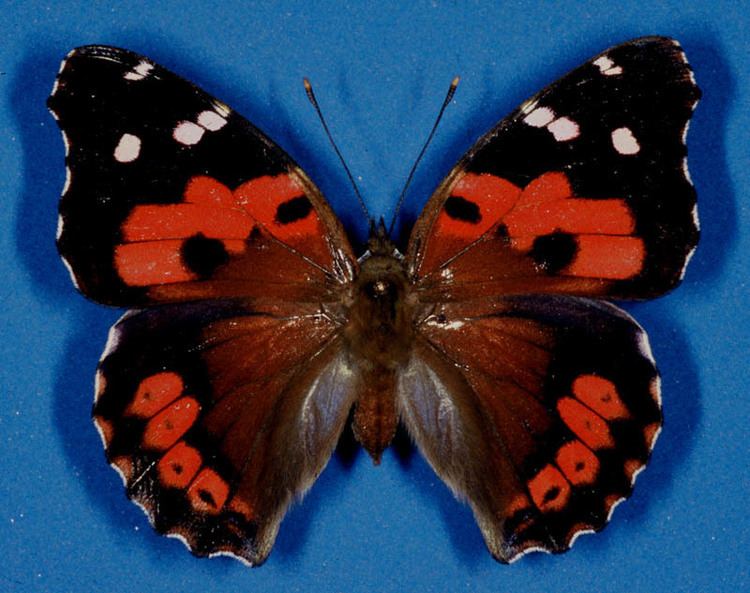
Kamehameha butterfly vanessa tameamea moulting into a chrysalis
Description
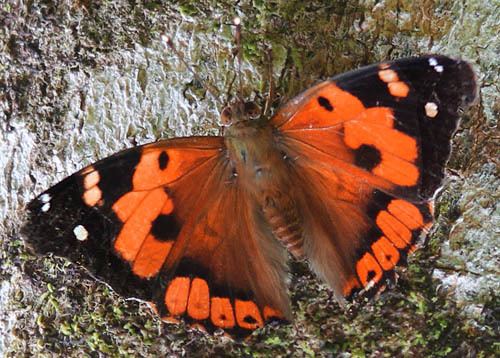
The caterpillars feed on the leaves of plants in the Urticaceae family, especially those of māmaki (Pipturus albidus) but also ōpuhe (Urera spp.), ʻākōlea (Boehmeria grandis), olonā (Touchardia latifolia), and maʻoloa (Neraudia spp.). Adults eat the sap of koa (Acacia koa) trees.
Taxonomy

It is named after the royal House of Kamehameha; the last king of this lineage, Kamehameha V, had died in 1872, a short time before this species was described. The specific name tameamea is an old-fashioned and partially wrong transcription of "Kamehameha". The Hawaiian language has no strict distinction between the voiceless alveolar plosive and voiceless velar plosive; use varies from island to island, but today, "k" is used as the standard transliteration. The voiceless glottal transition "h" is distinct and should always be pronounced - for example, "aloha" is correct whereas "aloa" is a wrong pronunciation. Thus, while "Tamehameha" would be a legitimate transcription (though considered old-fashioned on most islands), "Tameamea" is not.
